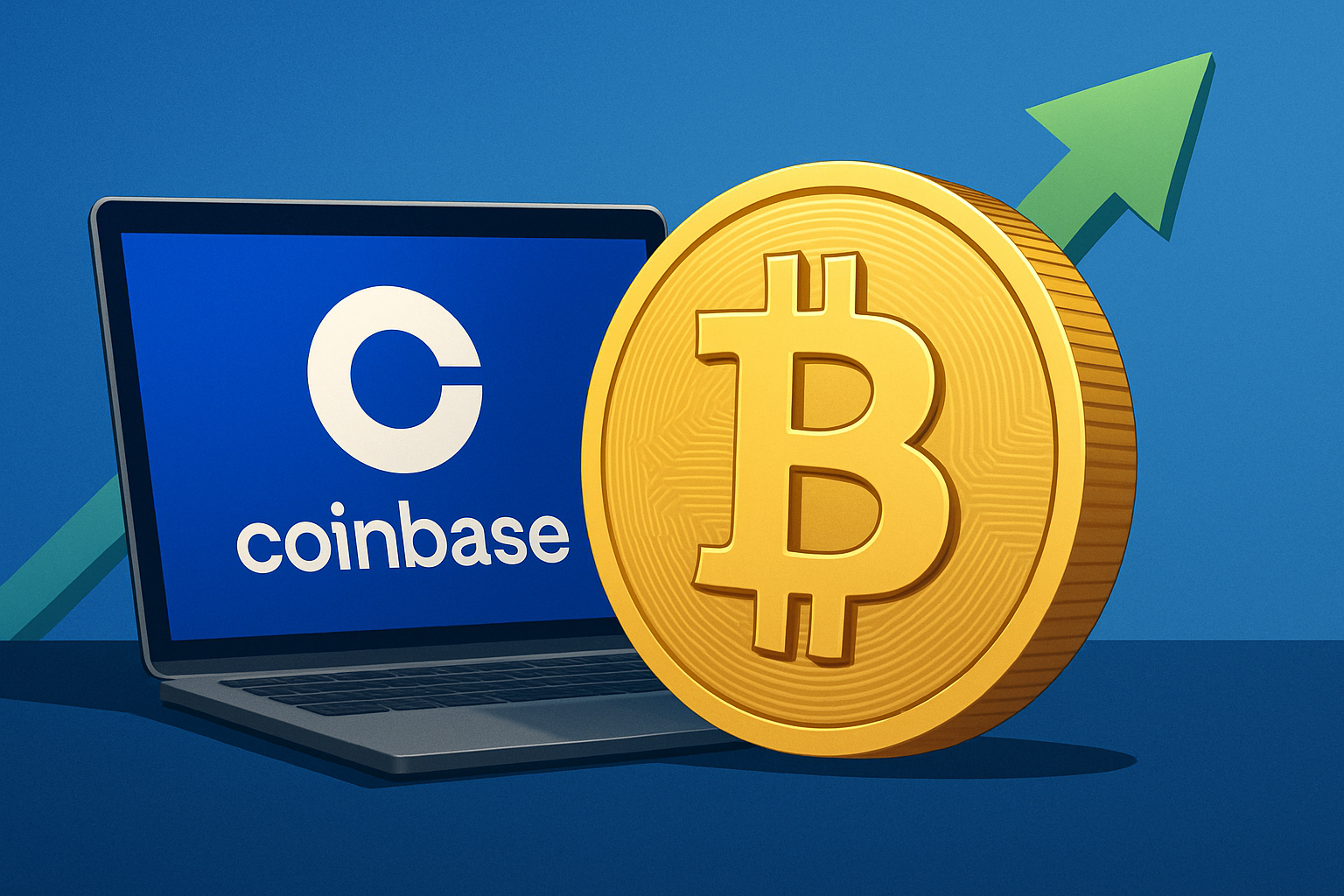How Coinbase’s Record Surge and Bitcoin’s $122K Rally Signal a New Era for Crypto Onboarding
Crypto is having a moment. If you’ve been watching the charts, you already know: Bitcoin is trading at $118,174, and Coinbase’s stock just hit a fresh 52-week high at $419.78.…



